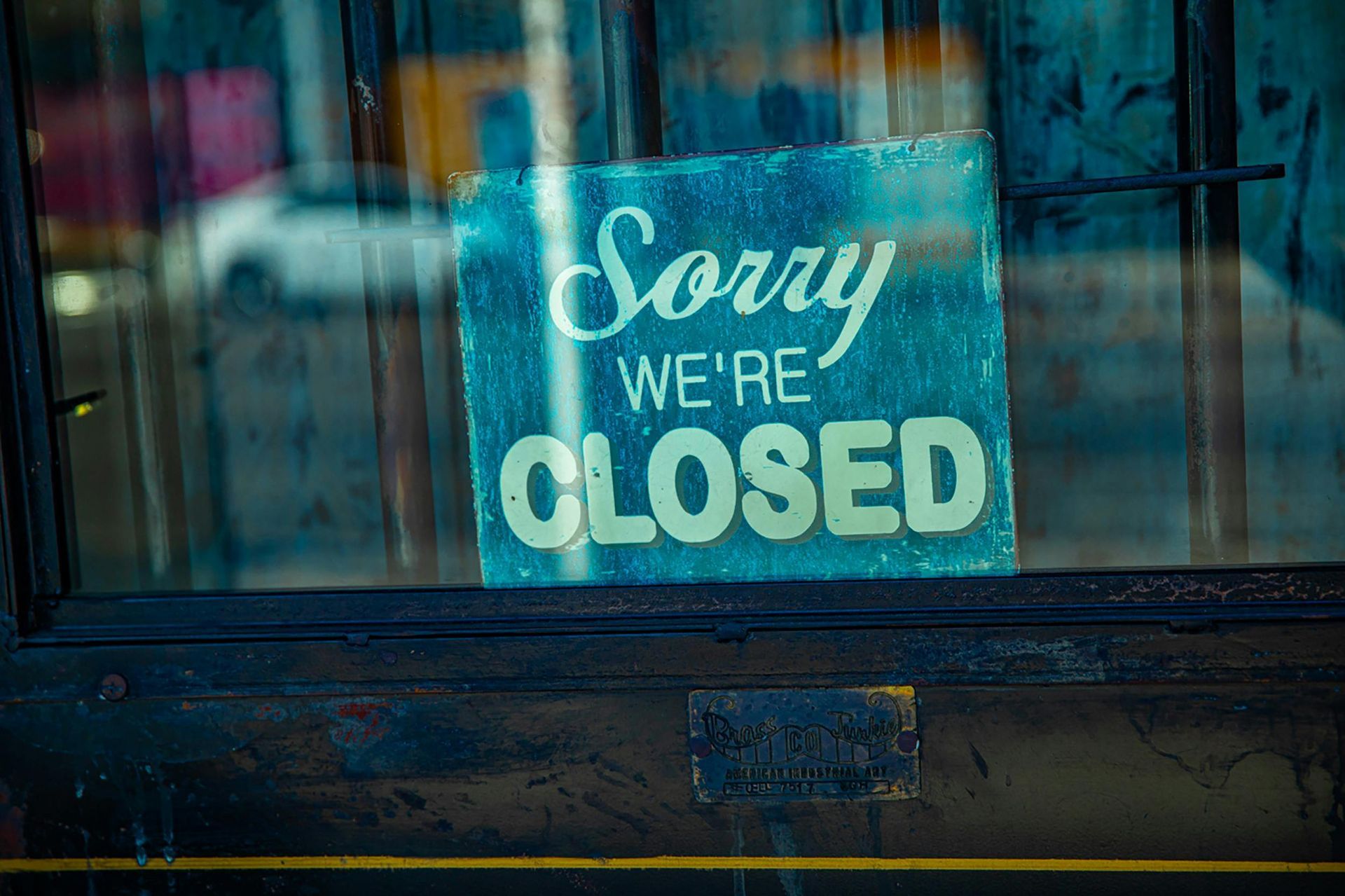Fentanyl, Naloxone, and the Law of Unintended Consequences: Two Men Who Changed the World (In Opposite Directions)
Two Molecules, Two Men, and the Crisis We Failed to Contain
Fentanyl is in the headlines again. Not because of its potency or death toll - those are old news - but because it has now become the pretext for geopolitical saber-rattling. The U.S. government is invoking it as a rationale for tariffs on Canada and Mexico. One molecule, now commandeered into the service of trade policy. If you want to know how absurdly we might govern science and innovation, look no further.
It is a rare thing for a single molecule to change the course of history. Rarer still for two such molecules to emerge from the same era, one a shield, the other a sword. Enter naloxone and fentanyl: the antidote and the toxin, the cure and the curse. Behind them, two men who never met, but whose work is now inextricably linked in the chaos of the opioid crisis.
Dr. Jack Fishman and Dr. Paul Janssen. One a Jewish refugee who escaped Nazi-occupied Europe, the other a Belgian wunderkind who built a pharmaceutical empire from a garage. One saved lives by reversing overdoses; the other created the most lethal drug on modern streets. Both aimed to serve humanity. Both succeeded. And both remind us that innovation, stripped of foresight and ethical ballast, is neither saviour nor sinner - but merely a force, waiting to be wielded.
Dr. Jack Fishman: The Antidote Without a Market
Fishman, after surviving the Nazis, did what brilliant people in the 20th century often did—he went to America and got to work. In 1961, he co-developed naloxone, a molecule that binds to opioid receptors and blocks them cold, without triggering any effects of its own. It was perfect. Safe, fast, effective. Initially reserved for hospitals, it sat on shelves, under-prescribed and over-regulated, while overdoses skyrocketed.
Then came the tragedy that made irony seem like a sadist: Fishman’s stepson, Jonathan, died of a heroin overdose in 2003. Naloxone, the molecule that could have saved him, was locked away by bureaucracy and stigma. Fishman died in 2013, having witnessed the underuse of his own invention. His widow, Joy Fishman, became an activist, fighting to get naloxone into schools, pharmacies, and public hands. Only then did governments stir, as if public health required personal grief to become actionable.
Dr. Paul Janssen: The Genius Who Unleashed a Plague
Meanwhile, Paul Janssen was synthesizing fentanyl - a synthetic opioid 50 to 100 times more potent than morphine. It was a marvel of precision pharmacology, a drug designed for surgeries and severe pain. And under his guidance, it was just that: a controlled, effective tool. Janssen himself was no corporate ghoul; he developed over 80 drugs, many of them life-saving, and was known for his humanitarian work.
Alas fentanyl as we know escaped the operating room. In the illicit market, it became a monster - mixed with heroin, sold as counterfeit pills, and responsible for tens of thousands of deaths. Its potency, once a virtue, became a vice. And now, it’s the poster child of the opioid crisis, its name sullied by every overdose headline. Janssen, long dead, is not here to defend himself. Nor should he have to. His creation, like Fishman’s, was a tool. It is society that chose to misuse it.
Innovation Is Not Your Friend
Let’s dispense with the romanticism: invention, frequently is not noble. It is not evil. It is a neutral act, often spurred by curiosity, profit, or necessity. What matters is not what we create, but how we wield it. Naloxone could have saved thousands sooner. Fentanyl was never meant to end up in alleyways. Yet here we are - politicians brandishing molecules like cudgels, while innovation marches on, heedless and unexamined.
As for now? Now we’re plunging into AI, synthetic biology, and autonomous systems with all the haste of a gambler on borrowed time. Do we imagine, even for a moment, that we will control these forces better than we did fentanyl and naloxone? Are we, in our arrogance, assuming that regulation, ethics, and public policy will keep pace with innovation? History answers plainly: no.
Fishman and Janssen changed the world. The rest is on us - to act with foresight, to balance invention with governance, and to ensure that our brightest innovations don’t become tomorrow’s crises.
Contact Us
Hiring is data. Retention is psychology. The best companies get both right - only the exceptional make it a strategy
















